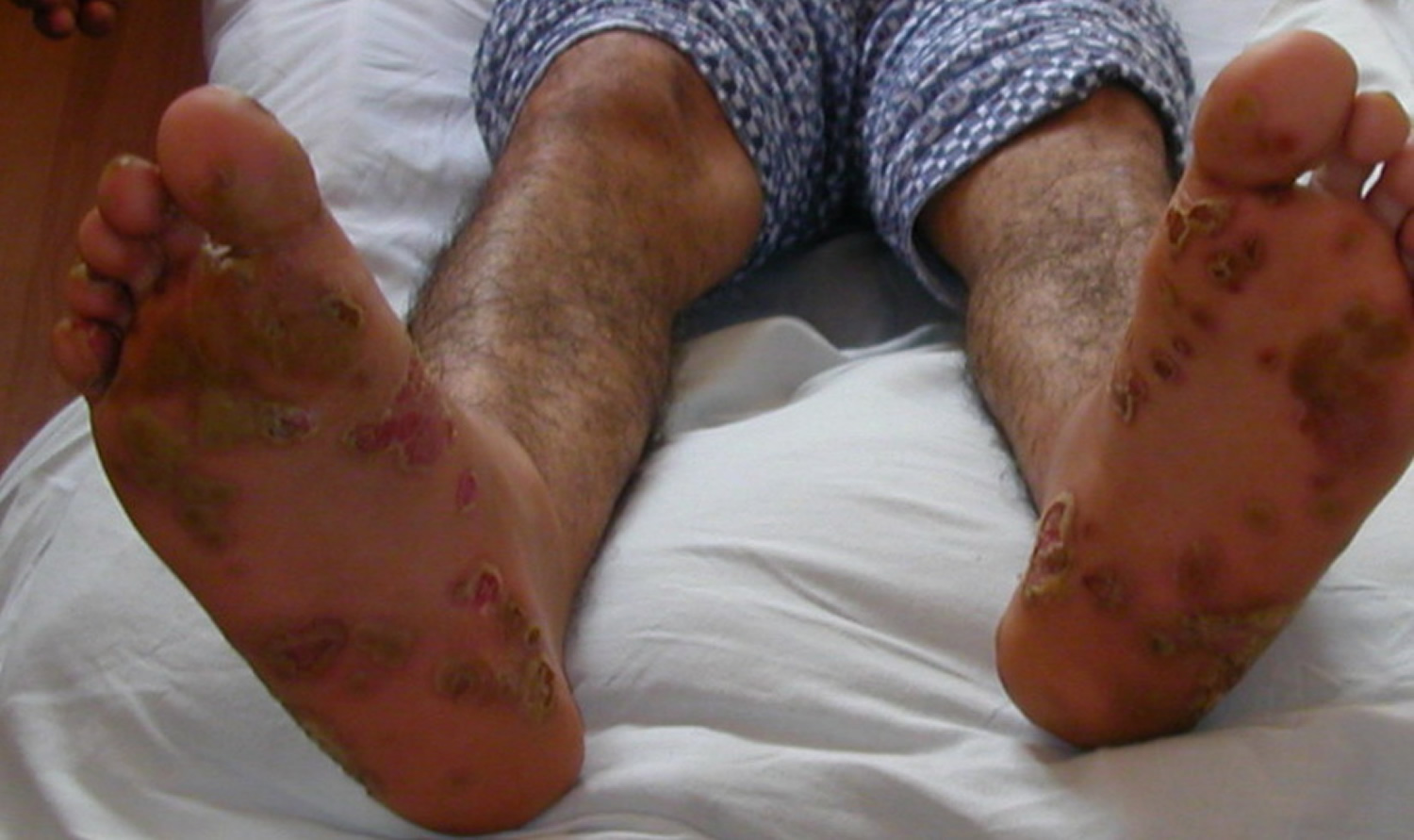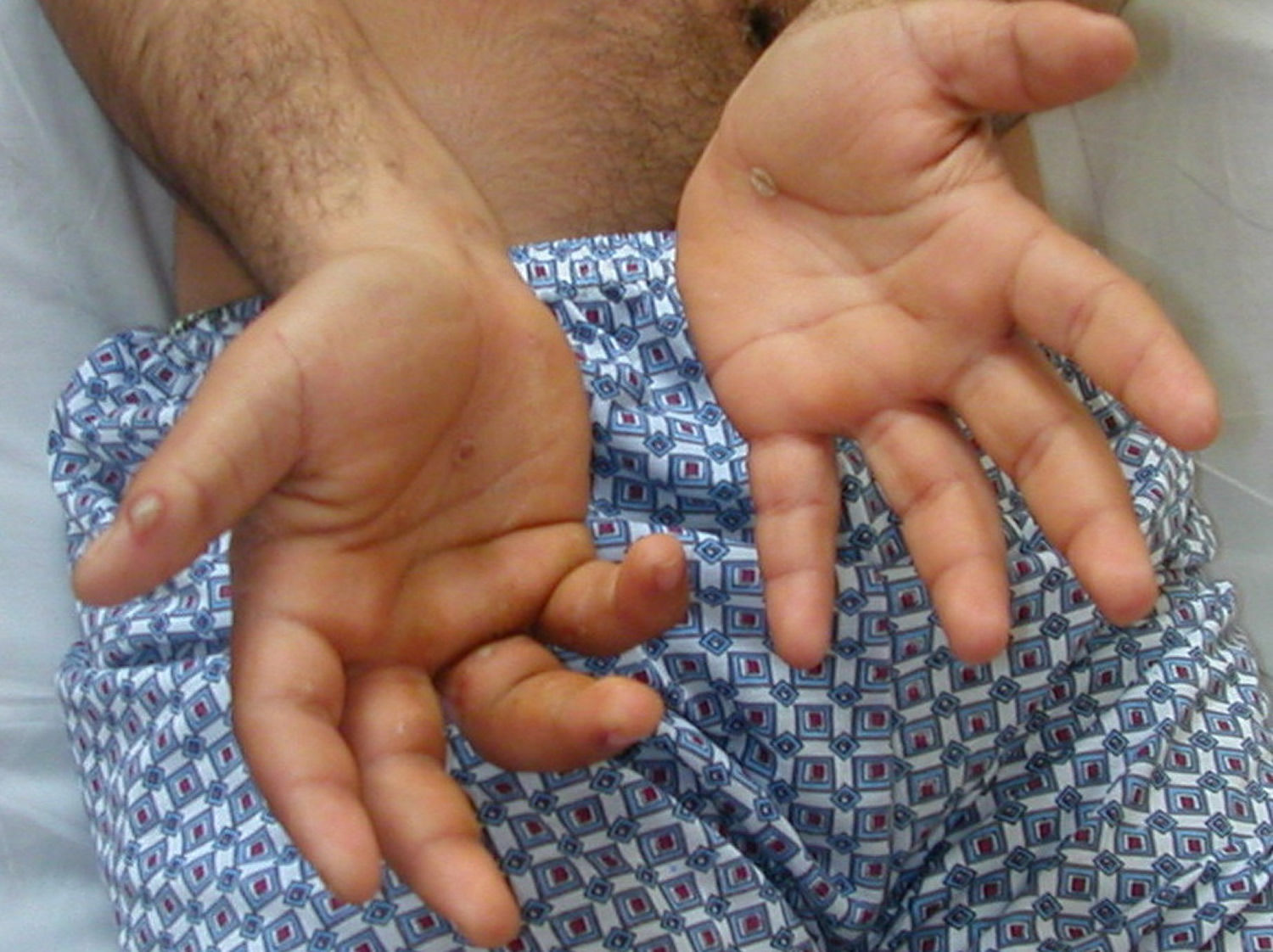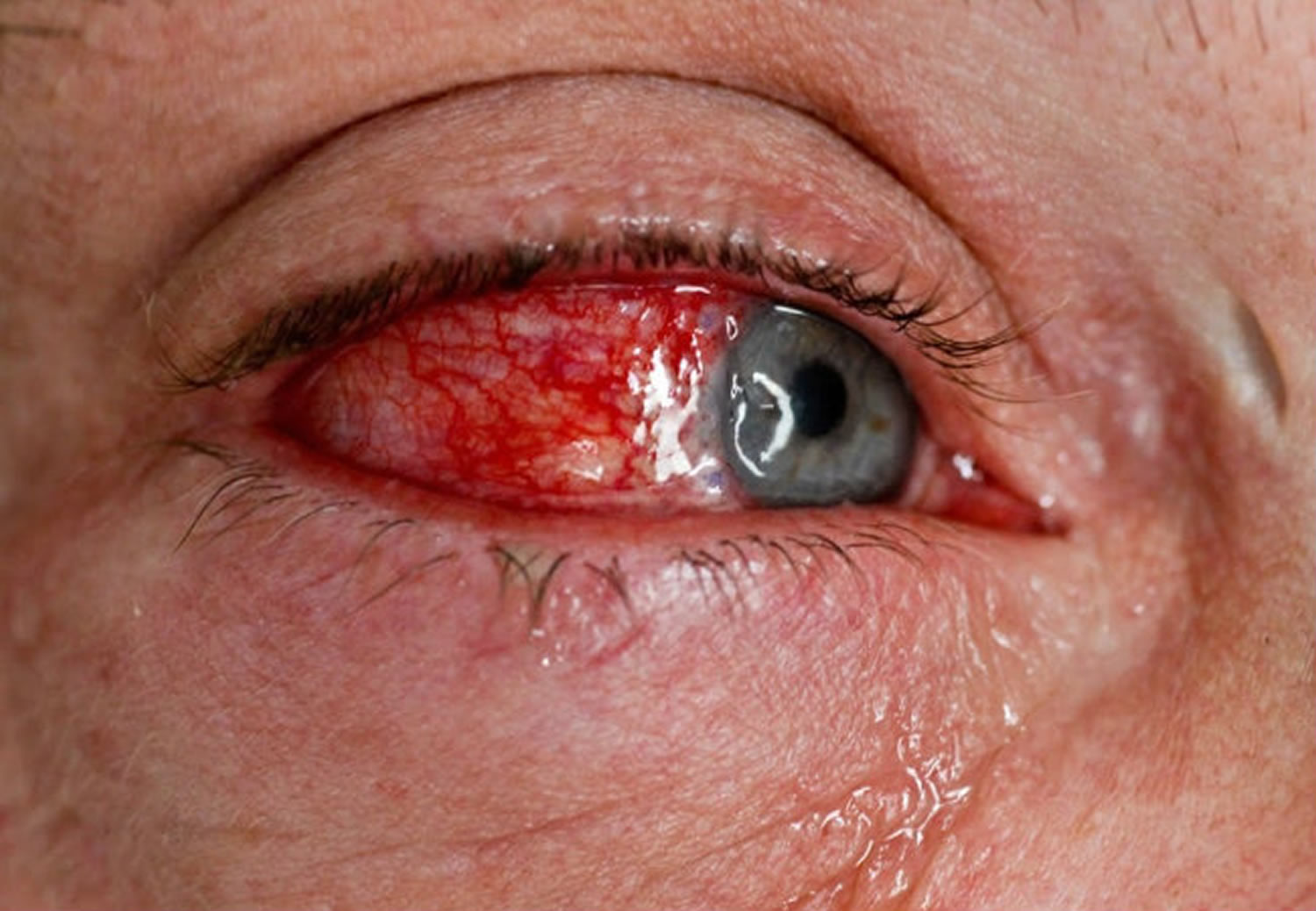Contents
What is reactive arthritis
Reactive arthritis (also known Reiter’s syndrome) is an inflammatory type of arthritis which affects the joints and may affect the eyes, skin and urinary tract (bladder, vagina, urethra). Reactive arthritis occurs when bacteria enters the blood stream from one or both of the following areas of the body:
- Urogenital tract. Bacteria can enter through the vagina or urethra during sexual contact and spread to the bladder.
- Gastrointestinal (GI) tract. Bacteria can enter the body if you eat spoiled food or food that came into contact with contaminated surfaces.
Usually the knees, ankles or toes becomes swollen, stiff and painful. Sometimes, the fingers may be affected.
Two other conditions are associated with reactive arthritis:
- Conjunctivitis. Also called pink eye, it causes eye redness and swelling.
- Urethritis. This is inflammation of the tube that carries urine from the bladder to the outside of the body.
Reactive arthritis typically begins within 2 to 4 weeks after infection. Reactive arthritis is not contagious, but the bacterium that triggers the disease can pass from person to person.
Men age 40 and younger are most commonly affected. Evidence shows that they are nine times more likely than women to get reactive arthritis due to a sexually transmitted infection. However, both sexes are equally likely to get it from a food-related infection.
With proper treatment, most people with reactive arthritis recover fully and can resume normal activities a few months after initial symptoms. However, arthritis symptoms may last up to a year, but they are usually mild and do not interfere with daily life. Some people with reactive arthritis will have long-term, but mild, arthritis. Studies show that between 15 and 50 percent of patients will develop symptoms again, possibly due to re-infection. Back pain and arthritis are the symptoms that most commonly reappear. A few patients will have chronic, severe arthritis that is difficult to control with treatment and may cause joint damage.
Figure 1. Reactive arthritis rash feet (keratoderma blenorrhagica or psoriasiform hyperkeratosis)
Figure 2. Reactive arthritis rash hands (palmoplantar pustulosis)
How long does reactive arthritis last
Reactive arthritis is usually temporary, but treatment can help to relieve your symptoms and clear any underlying infection.
Most people start returning to normal activities after 3 to 6 months. Symptoms don’t usually last longer than 12 months, but a small number of people experience long-term joint problems.
Reactive arthritis causes
Reactive arthritis develops in reaction to an infection in your body, often in your intestines, genitals or urinary tract. You might not be aware of the triggering infection if it causes mild symptoms or none at all.
Typically, reactive arthritis is caused by a sexually transmitted infection (STI), such as chlamydia, or an infection of the bowel, such as food poisoning.
You may also develop reactive arthritis if you, or someone close to you, has recently had glandular fever or slapped cheek syndrome.
The body’s immune system seems to overreact to the infection and starts attacking healthy tissue, causing it to become inflamed. But the exact reason for this is unknown.
Doctors are not sure why some people exposed to these bacteria get the disease and others don’t. However, researchers have identified a gene, called human leukocyte antigen (HLA) B27, that makes a person more likely to get reactive arthritis. Not everyone who inherits this gene will get the disease.
Reactive arthritis isn’t contagious. However, the bacteria that cause it can be transmitted sexually or in contaminated food. Only a few of the people who are exposed to these bacteria develop reactive arthritis.
Exposure to certain bacteria has been linked to reactive arthritis. The ones most commonly associated with reactive arthritis are:
- Chlamydia trachomatis. It is spread through sexual contact. The infection may begin in the vagina, bladder or the urethra.
- Salmonella, Shigella, Yersinia, Clostridium difficile and Campylobacter. These bacteria typically infect the gastrointestinal tract.
In rare cases, the bacterium Chlamydia pneumoniae, which causes respiratory infections, may also cause reactive arthritis.
Risk factors for reactive arthritis
Certain factors increase your risk of reactive arthritis:
- Age. Reactive arthritis occurs most frequently in adults between the ages of 20 and 40.
- Sex. Women and men are equally likely to develop reactive arthritis in response to foodborne infections. However, men are more likely than are women to develop reactive arthritis in response to sexually transmitted bacteria.
- Hereditary factors. A specific genetic marker has been linked to reactive arthritis. But many people who have this marker never develop the condition.
Reactive arthritis prevention
Genetic factors appear to play a role in whether you’re likely to develop reactive arthritis. Though you can’t change your genetic makeup, you can reduce your exposure to the bacteria that may lead to reactive arthritis.
Make sure your food is stored at proper temperatures and is cooked properly to help you avoid the many foodborne bacteria that can cause reactive arthritis, including Salmonella, Shigella, Yersinia, Clostridium difficile and Campylobacter. Some sexually transmitted infections can trigger reactive arthritis. Using condoms might lower your risk.
Reactive arthritis symptoms
The symptoms of reactive arthritis usually develop shortly after you get an infection, such as a sexually transmitted infection or bowel infection.
Reactive arthritis symptoms can be very mild and come and go over several weeks to months. So they may not be noticeable in the early stages. Urinary symptoms usually appear first but may absent in women. This symptom may occur with, or be followed by conjunctivitis. Arthritis is usually the last symptom to appear. But sometimes the main and only symptom of reactive arthritis is pain, stiffness and swelling in the joints and tendons.
The most common symptoms of reactive arthritis are inflammation in the joints, eyes, bladder and urethra (the tube that helps remove urine from the body). Sometimes, mouth sores and skin rashes may occur.
Here are some possible symptoms identified by body area.
Joint Symptoms
- Pain, stiffness and swelling in knees, ankles, feet and sometimes the fingers and wrists
- Swelling of the tendons (tendinitis) or where tendons attach to the bone (enthesitis). This might include muscles, tendons and ligaments.
- Swollen toes or fingers. In some cases, your toes or fingers might become so swollen that they resemble sausages.
- Heel pain and heel spurs (bony growths in the heel).
- Lower back and buttock pain. The pain tends to be worse at night or in the morning.
- Inflammation in the spine (spondylitis) or in the lower back that connect the spine to the pelvis (sacroliitis)
Eye Symptoms
- Redness of the eyes (conjunctivitis)
- Eye pain and irritation
- Blurred vision
- Watery eyes
- Swollen eyelids
- Sensitivity to light
- Rarely, inflammation of the eye (iritis)
These symptoms can be signs of inflammation of the eyeball and eyelid (conjunctivitis, commonly known as “pink eye”) or the inner eye (uveitis).
See an eye specialist or go to emergency room as soon as possible if one of your eyes becomes very painful and the vision becomes misty.
This could be a symptom of iritis or uveitis and the sooner you get treatment, the more successful it is likely to be.
Figure 2. Reactive arthritis uveitis
Urinary Symptoms
Sometimes, you can also have symptoms of a urinary tract infection. These include:
- Needing to urinate suddenly, or more often than usual
- Pain or a burning sensation when peeing
- Smelly or cloudy pee
- Blood in your pee
- Pain in your lower tummy
- Feeling tired and unwell
Other symptoms
Reactive arthritis can also cause:
- flu-like symptoms
- a high temperature (fever)
- weight loss
- mouth ulcers
Reactive arthritis can affect your skin a variety of ways, including a scaly rash on your soles and palms and mouth sores.
Reactive arthritis diagnosis
Reactive arthritis can be difficult to diagnose because there is no specific laboratory test to confirm that a person has it. The patient may be referred to a rheumatologist, depending on the severity of symptoms.
Here are some of the methods used to diagnose reactive arthritis:
- Physical Examination. The doctor will ask about the patient’s medical history, symptoms and current medical problems. He will examine the joints for signs of inflammation and test their range of motion. The eyes, skin, and pelvic and genital areas are also examined.
- Laboratory tests. Blood, urine and stool sample tests can help rule out other conditions and confirm the diagnosis. Tests will be done to check for many things, including high levels of inflammation; antibodies linked to other types of arthritis; signs of a current or recent infection; and a gene called HLA B27, which is sometimes seen in people with this disease.
- Tissue samples. Samples of tissue from the throat, urethra (men) and cervix (women) may be taken to look for signs of this disease.
- Joint fluid tests. The doctor may take a sample of joint fluid from the knee to look for signs of infection or inflammation. It will also be examined for the presence of uric acid crystals, which may signal an arthritis-related condition called gout.
- X-rays. X-rays of your low back, pelvis and joints can indicate whether you have any of the characteristic signs of reactive arthritis. X-rays can also rule out other types of arthritis. The doctor may order views of the joints, pelvis and spine to look for signs of swelling, joint damage, calcium deposits and other signs of reactive arthritis.
Blood tests
Your doctor might recommend that a sample of your blood be tested for:
- Evidence of past or current infection
- Signs of inflammation
- Antibodies associated with other types of arthritis
- A genetic marker linked to reactive arthritis
Joint fluid tests
Your doctor might use a needle to withdraw a sample of fluid from within an affected joint. This fluid will be tested for:
- White blood cell count. An increased number of white blood cells might indicate inflammation or an infection.
- Infections. Bacteria in your joint fluid might indicate septic arthritis, which can result in severe joint damage.
- Crystals. Uric acid crystals in your joint fluid might indicate gout. This very painful type of arthritis often affects the big toe.
Reactive arthritis treatment
There is no cure for reactive arthritis. The goal of treatment is to treat infections that could still be present and manage your symptoms.
Healthcare Team
Since reactive arthritis may affect different parts of the body, more than one doctor may be involved in the patient’s care. A rheumatologist (a doctor with specialized training in arthritis treatment) will likely be the primary doctor. Other specialists may include:
- Dermatologist to treat skin symptoms
- Gynecologist to treat genital symptoms in women
- Ophthalmologist to treat eye disease
- Orthopaedist to perform surgery if joints are severely damaged
- Physical therapist or physiatrist to oversee the patient’s exercise routine
- Urologist to treat genital symptoms in men and women
Medications
Antibiotics will not treat reactive arthritis itself but are sometimes prescribed if you have an ongoing infection – particularly if you have an sexually transmitted infection. Your recent sexual partner(s) may also need treatment.
Other medications are prescribed to manage pain and inflammation. They include:
- Nonsteroidal anti-inflammatory drugs (NSAIDs). These are often the first type of medicine used and include aspirin, ibuprofen and naproxen. All NSAIDs work similarly by blocking substances called prostaglandins that contribute to inflammation and pain. They are available as tablets, capsules and powders.
- Corticosteroids. These medicines help to quickly reduce inflammation. For people with severe joint inflammation, they may be injected into the affected joint. Doctors usually prescribe these injections when NSAIDs have not helped ease symptoms. Corticosteroids also are available in topical forms, which are cream or lotion applied directly to the skin.
- Disease-modifying antirheumatic drugs (DMARDs). A small number of patients with reactive arthritis have severe symptoms that cannot be controlled with the above-mentioned treatments. In this case, the doctor may prescribe medicines called disease-modifying antirheumatic drugs (DMARDs). Such drugs suppress the immune system. There are two main types: traditional DMARDs and a newer class called biologics.The most commonly used DMARDs are methotrexate and sulfasalazine. It can take a few months before you notice a DMARD is working, so it’s important to keep taking it even if you don’t see immediate results.Common side effects of methotrexate and sulfasalazine include feeling sick, diarrhoea, loss of appetite and headaches, although these usually improve once your body gets used to the medication.DMARDs may also cause changes in your blood or liver, so it’s important to have regular blood tests while taking these medicines.
Physical Activity
Exercise helps maintain and improve joint function. Strengthening exercises build up the muscles around the joint and provide better support. Range-of-motion exercises improve movement and flexibility and reduce stiffness in the affected joint. Stretching and water exercises can also be helpful for joints and muscles. Before beginning an exercise program, ask a doctor to recommend appropriate exercises or for a referral to a certified fitness or physical therapy expert.
Home remedy
Self care for reactive arthritis includes making sure food is stored at proper temperatures and cooked properly. These helps prevent foodborne bacteria that can cause reactive arthritis. Some sexually transmitted infections can trigger reactive arthritis. Using condoms may lower one’s risk.
Staying physically active is the key to keeping joints flexible. Too little movement can lead to joint stiffness. Strong muscles help to protect joints. But it’s important to talk to a doctor before beginning an exercise program. Managing weight, eating a nutritious diet and getting a good balance of rest and activity each day are important, too.
As your symptoms improve, you should begin to do exercises to stretch and strengthen the affected muscles, and improve the range of movement in your affected joints.
You might also find ice packs and heat pads useful in reducing joint pain and swelling. Wrap them in a clean towel before putting them against your skin.
Splints, heel pads and shoe inserts (insoles) may also help.
Exercise
If your arthritis is painful, you may not feel like exercising. However, being active can help reduce and prevent pain. Regular exercise can also:
- improve your range of movement and joint mobility
- increase muscle strength
- reduce stiffness
- boost your energy
As long as you do the right type and level of exercise for your condition, your arthritis won’t get any worse. Combined with a healthy, balanced diet, regular exercise will help you lose weight and place less strain on your joints.
An occupational therapist can help if you have severe arthritis that’s affecting your ability to move around your home and carry out everyday tasks, such as cooking and cleaning.
Reactive arthritis diet
Eating a healthy, balanced diet is an important part of maintaining good health, and can help you feel your best.
This means eating a wide variety of foods in the right proportions, and consuming the right amount of food and drink to achieve and maintain a healthy body weight.









